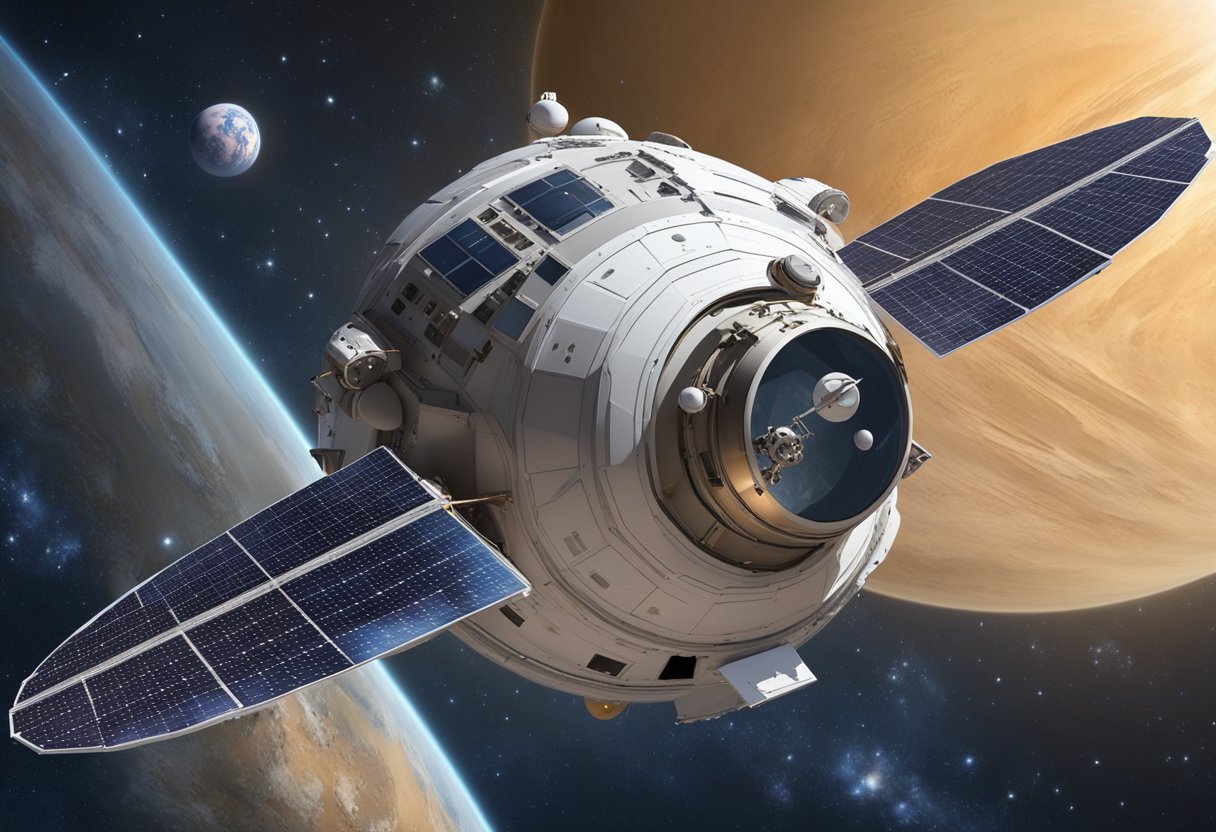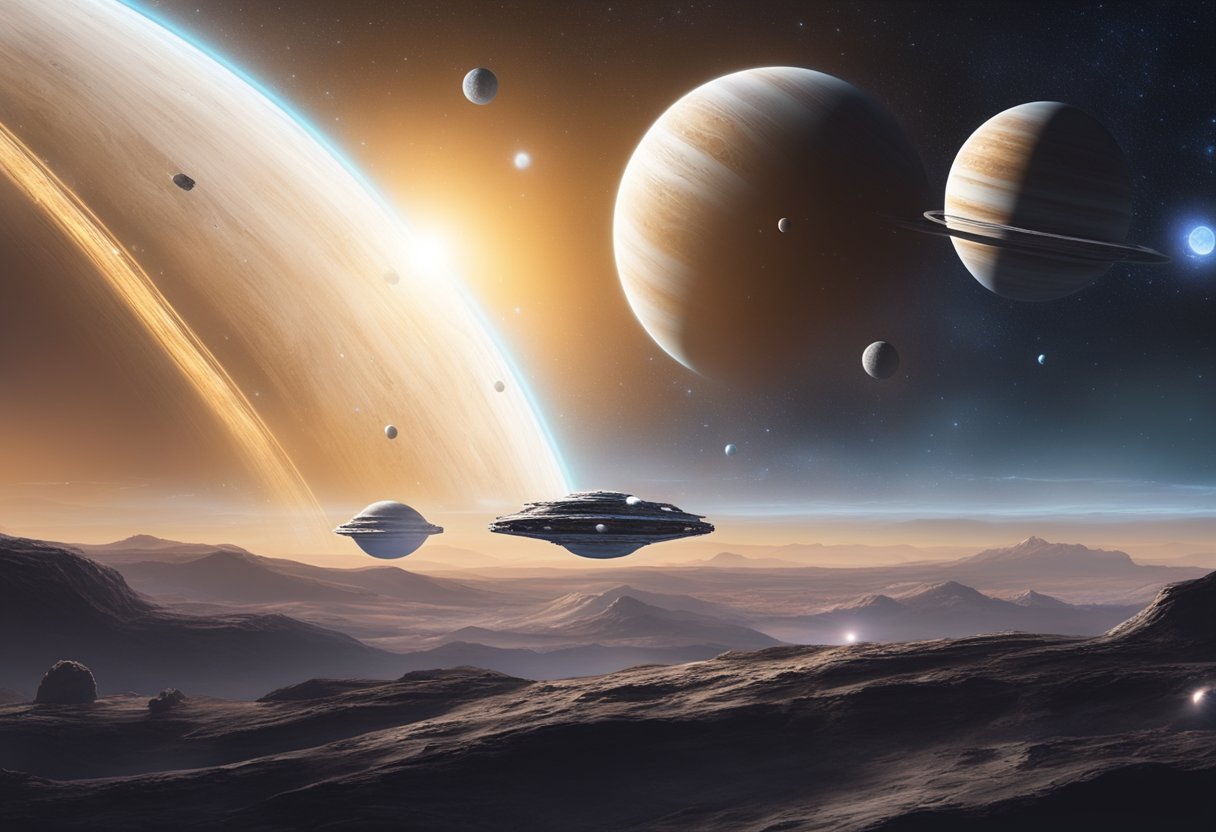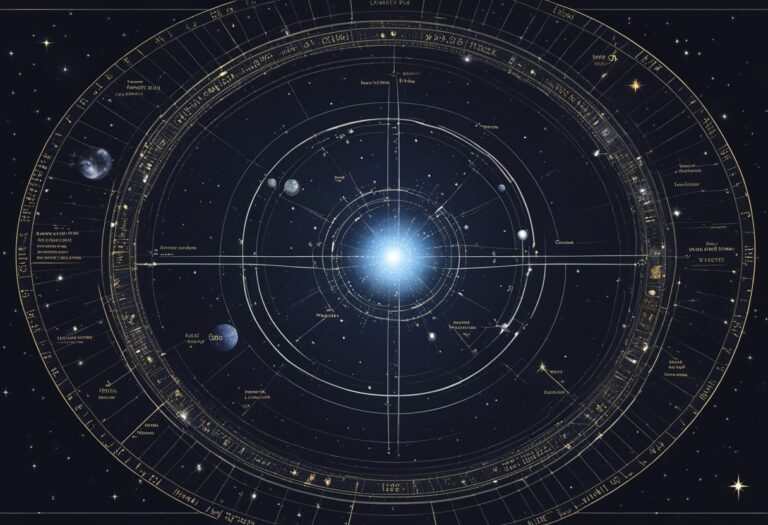Understanding the complexity of the cosmos requires familiarization with outer space terminology.
These terms enable us to describe the vast array of celestial bodies, phenomena, and the technology used to explore the universe beyond our atmosphere. Learning this specialized vocabulary is crucial for anyone interested in astronomy, space science, or the commercial and legal aspects of space exploration.
The language of space extends from the names of planets and stars to the definitions of regions like the Kuiper Belt or the Oort Cloud. It also encompasses the technical jargon used in spacecraft engineering and astrodynamics. Astronomical measurements such as light-years or parsecs describe vast cosmic distances, while specific questions about space tend to recur due to widespread fascination with the universe.
A clear grasp of these concepts is important for understanding news about space, following new scientific discoveries, and appreciating the scope of our ongoing exploration.
Outer space terminology encompasses the language of the cosmos, including celestial bodies, phenomena, spacecraft technology, and astrodynamics. It covers planets, moons, stars, galaxies, black holes, and nebulae, alongside measurements like light-years and parsecs, crucial for navigating and understanding the universe’s vastness and complexity.
Astronomical Objects
In the exploration of space, it is crucial to understand the variety of astronomical objects you may encounter. These objects range from the familiar planets and moons to vast galaxies hosting billions of stars.
Planets and Moons
Planets are substantial celestial bodies orbiting stars, such as the Earth orbiting the Sun. They do not emit light of their own but reflect the light from their parent stars. In our solar system, you will find planets like Mercury, Venus, Earth, and Mars—classified as terrestrial planets due to their rocky composition. The outer giants—Jupiter, Saturn, Uranus, and Neptune—are characterized by their gaseous nature.
Moons, or natural satellites, orbit planets and come in various sizes and compositions. For example, Earth’s Moon is a barren, rocky sphere, while Saturn’s Titan has a thick atmosphere and liquid hydrocarbon lakes.
Stars and Star Systems
Stars are luminous spheres of plasma held together by gravity, generating light and heat from nuclear fusion in their cores. Stars vary in size, temperature, and brightness, from small, cool red dwarfs to massive and hot blue supergiants. Our own star, the Sun, is a medium-sized yellow dwarf.
Star systems, often referred to as solar systems when they include planets, can consist of single or multiple stars bound by gravitational forces. An example of a binary star system is Alpha Centauri, which includes a pair of stars orbiting a common center of mass.
Galaxies
Galaxies are immense collections of stars, gas, dust, and dark matter, bound together by gravity. They come in various shapes and sizes, from spiral galaxies like the Milky Way with its distinct arms, to elliptical galaxies which are more spherical or oval in shape, and irregular galaxies that lack a clear form. Galaxies can contain billions of stars, and studying their distribution helps astronomers understand the universe’s structure and evolution.
Space Phenomena
In exploring outer space, you’ll encounter various extraordinary structures and events. Understanding these phenomena is key to grasping the complexities of the cosmos.
Black Holes
Black holes are regions in space where gravity is so strong that nothing, not even light, can escape from them. They are formed from the remnants of massive stars that collapsed under their own gravity. The event horizon of a black hole is the point of no return; once crossed, there’s no escape.
Nebulae
Nebulae are vast clouds of dust and gas in space, often the birthplaces of stars. The material in these clouds clumps together under gravity to form new stars. Nebulae can also be remnants of stars that have ended their life cycle, such as in the spectacular Crab Nebula.
Supernovae
A supernova is a massive explosion that occurs at the end of a star’s life cycle, typically resulting in the outshining of entire galaxies for a brief period. It is through these events that elements heavier than iron are forged and scattered throughout space, providing the building blocks for planets and life.
Spacecraft and Exploration

Understanding the intricacies of spacecraft and the nuances that define space exploration is pivotal for comprehending our efforts in expanding the boundaries of human knowledge and presence beyond Earth.
Human Spaceflight
Human spaceflight represents the most personal form of space exploration. It’s about sending you and others into space aboard a spaceship, often to orbit the Earth or travel to the International Space Station (ISS). The craft you would travel in must be robust and well-equipped to support life in the vacuum of space.
Robotic Space Probes
Unlike human spaceflight, robotic space probes are uncrewed vessels sent to various parts of the solar system and sometimes beyond. They relay critical data that helps you understand distant planets, moons, and comets, including the Voyager 1 spacecraft’s journey towards the edge of our solar system.
Space Telescopes
Space telescopes are your eyes in the cosmos, silently orbiting Earth or stationed at a Lagrange point. These instruments gaze at the universe, capturing images and data that have been pivotal in astronomy and cosmology, such as the work done by the Hubble Space Telescope.
Astronomical Measurements
Understanding astronomical measurements is crucial for you to grasp the vast scales and properties of space objects. Precise metrics such as distance, magnitude, and mass are fundamental to studying celestial bodies and their interactions.
Distance and Time
In astronomy, you will encounter units like light-years and parsecs when measuring distance. A light-year is the distance light travels in one year, approximately 9.46 trillion kilometers. The parsec is equivalent to about 3.26 light-years. When discussing time, astronomers use the term Julian year, which is exactly 365.25 days.
Magnitude and Luminosity
Magnitude refers to the brightness of celestial objects as seen from Earth. It uses a logarithmic scale, where a lower value represents greater brightness. For instance, a star with a magnitude of 1 is thirty times brighter than a star with a magnitude of 6. Luminosity indicates the intrinsic brightness of a celestial body and is often compared to the luminosity of the Sun (L☉).
Mass and Density
Astronomers measure mass in solar masses (M☉), with one solar mass being equal to the mass of the Sun. Understanding mass helps you infer the gravitational influence of stars and galaxies. Density, however, tells you how compact an object is. For example, a white dwarf has a high density, meaning a lot of mass is packed into a small volume.
Astrodynamics
Astrodynamics is the science that addresses the motion of space vehicles under the influence of gravitational and other forces. It’s an essential domain for understanding space travel and satellite operations.
Orbital Mechanics
Your navigation through space depends greatly on orbital mechanics, which is the study of how objects move in space. It defines the paths, or orbits, that spacecraft follow around celestial bodies. The path is generally an ellipse, with the central body at one focus of the ellipse.
- Kepler’s Laws: Three principles that describe planetary motion, critical for trajectory calculations.
- Perturbations: Small forces such as gravitational pulls from other bodies that can alter an orbit over time.
Escape Velocity
Escape velocity is the minimum speed your spacecraft needs to break free from a celestial body’s gravitational pull. It’s given by the equation v = √(2GM/r), where:
- G is the gravitational constant,
- M is the mass of the body you’re escaping from,
- r is the distance from the center of the mass.
Propulsion Methods
Propulsion methods are the techniques employed to move spacecraft through space. Each method has its own trade-offs in terms of efficiency, speed, and feasibility.
- Chemical: Traditional and commonly used, involving a reaction that expels gas at high speed.
- Electric/Ion: More efficient than chemical propulsion, it accelerates charged particles through electric or magnetic fields.
- Nuclear: Potential for high efficiency and long-term missions, but currently limited by technology and safety concerns.
Frequently Asked Questions
In this section, you’ll find succinct answers to common queries that delve into the jargon of outer space exploration and study.
What are common phrases used by astronauts during a space mission?
During space missions, astronauts use phrases like “Roger” to acknowledge a message received and understood. They might say “EVA” for a spacewalk, which stands for Extravehicular Activity.
How do astronomers categorize different celestial bodies in the universe?
Astronomers categorize celestial bodies based on characteristics such as size, composition, and orbit. For example, planets are large bodies orbiting stars, while asteroids are smaller and mostly found in the asteroid belt between Mars and Jupiter.
Can you explain some of the basic concepts used in astrophysics?
In astrophysics, you encounter terms like “redshift,” which indicates how much an object in space is moving away from Earth; and “nebula,” which is a cloud of gas and dust where new stars may form.
What are some terms used to describe the features of a star?
Terms to describe features of a star include “photosphere,” which is the outer shell and visible part, and “luminosity,” referring to how bright a star is.
What vocabulary is often used to explain the principles of rocketry and space travel?
When discussing rocketry and space travel, terms like “thrust” for the force propelling the rocket, and “delta-v,” which refers to a spacecraft’s capability to change velocity, are commonly used.
What expressions are frequently used to describe the beauty and phenomena observed in the cosmos?
Expressions used to describe cosmic phenomena include “supernova” for a stellar explosion and “aurora” for the natural light display typically seen in high-latitude regions, caused by the collision of solar wind and magnetospheric charged particles.







